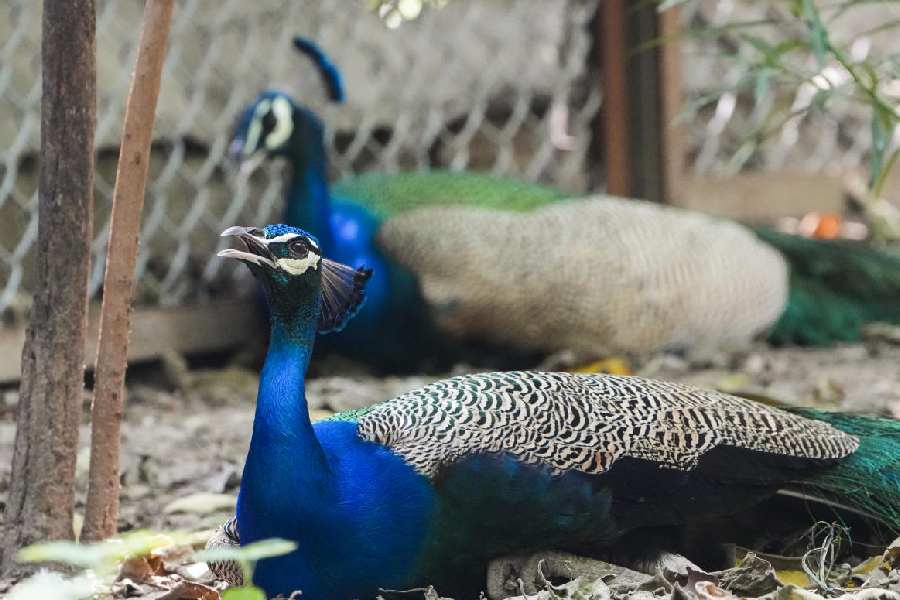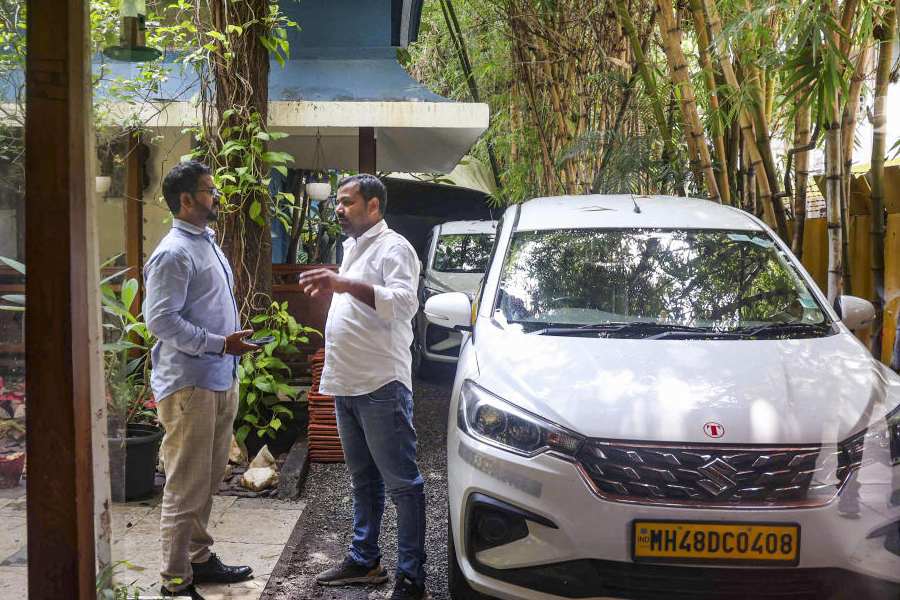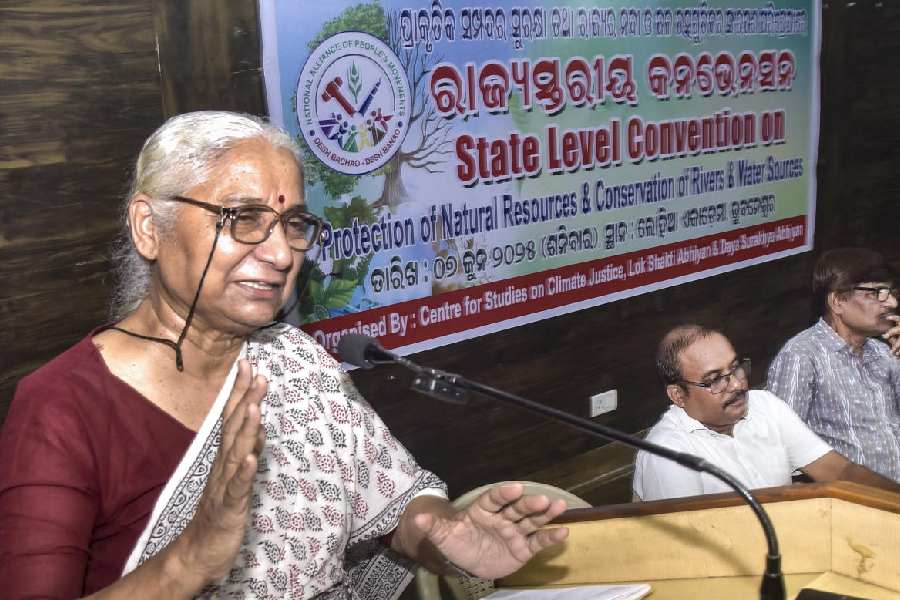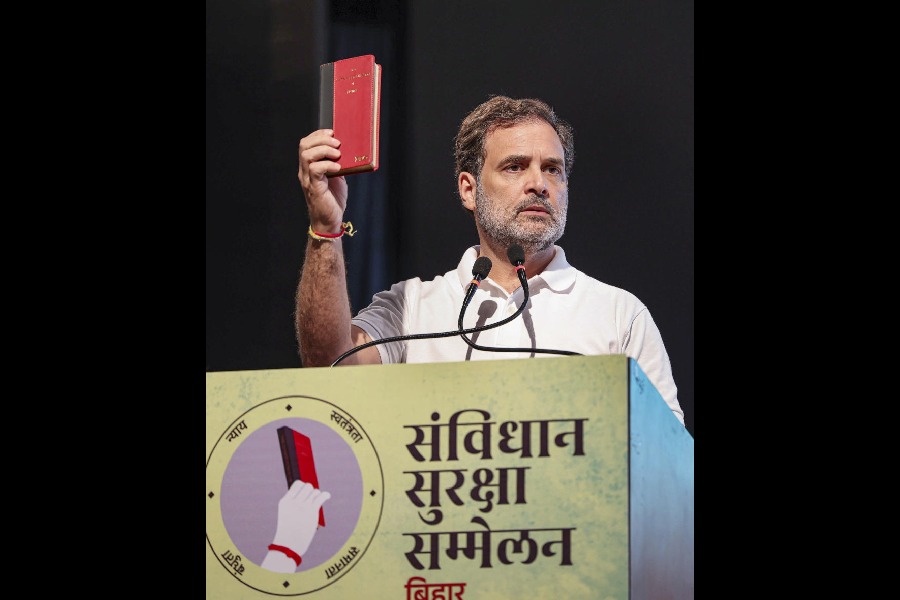 |
Life is a glorious cycle of song/A medley of extemporanea/ And love is a thing that never go wrong/ And I am Marie of Roumania”
What do Marie of Roumania and Gauri of Guwahati have in common? Their convictions that love can never go wrong. Many a love story of teenaged souls have begun on the banks of the Dighalipukhuri in Guwahati. The ripples of this pond whisper stories of many a two hearts that beat as one: to which Dighalipukhuri has been a silent spectator.
This old, old pond, one of the rare beauty spots of Guwahati, dates back to several thousand years, if we are to go by the legends. Tradition has it that Bhagadutta, the king of Pragjyotishpura who led the Kauravas in the Mahabharat war, had the pukhuri dug during the swayambar of his beautiful daughter, Bhanumati. Hundreds of princes from every corner of India had come for the swayambar. But to win the hands of the princess they had to complete a task set by the king. The challenge was to shoot an arrow through the eyes of a live fish, tied to a fishing rod, by looking at its refracted image in the waters of the pukhuri. Duryodhana won the challenge and married Bhanumati.
Dighalipukhuri derives its name from of its length (dighal). Originally, it was half a mile long and was carved out from the Brahmaputra to which it had direct access. Later, however, it was separated from the river when a portion was filled up. On this portion now stand the Circuit House and Gauhati High Court. Previously, boatmen carrying fish and other merchandise used to enter the pukhuri from the river.
After the establishment of the Gauhati Municipality in 1853 and its subsequent elevation to Class I category in 1883, Dighalipukhuri very much figured in the Guwahati beautification scheme. But except some initiative on the part of Manik Chandra Barooah and the municipal commission who took steps to clear its weeds and “apply 140 mounds of limestone to clear its banks from snakes, insects and lizards”, nothing much was done. Since 1914, the municipality started issuing fishing licences to anglers against a fee for fishing in the Dighalipukhuri. Dighalipukhuri was indeed the beauty spot of Guwahati.
In October 1932, however, the residents of the town began to avoid Dighalipukhuri as a sequel to two sensational incidents. On October 4, 1932, a full-grown tiger was spotted near the eastern corner of the pukhuri. The news spread like wild fire through the town, traders downed their shutters and within an hour the town looked deserted. At around 10:30 at night the tiger passed through Panbazar and entered Lakhtokia where some brave citizens gave him a chase. The tiger eluded them all night till a hunter named Mahammad Ali killed it the next morning. A few days after this, on the day of Bijoya Dasami, a Nepali chowkidar of Cotton College was found dead on the bank of the pond, under mysterious circumstances. The victim had marks of grievous injury on his neck. Though there was no evidence of any attack by a tiger, residents were convinced it was so and for some time after that Dighalipukhuri was nicknamed bagh-kota pukhuri. (Guwahati already had a nag-kota pukhuri at Panbazar).
During the chief ministership of Bimala Prasad Chaliha, the fishery department of the government of Assam was established on the northern side of the pukhuri. The first serious endeavour to beautify Dighalipukhuri after Independence was taken up when Radha Gobinda Barua became the first mayor of Guwahati. The boundary wall and fencing was strengthened and gardens were laid on its banks. Boating and other recreational facilities were introduced in the last quarter of the 20th century.
The Cotton College Boating Club started at Dighalipukhuri way back in 1918. When one of the students of the college, Jamaluddin met an watery death while swimming in 1938, the Cottonians, in his memory, started a swimming club on his death anniversary in 1939.
Today, Curzon Hall, Earle Law College, Handique Girls’ College, Kamarupa Anusandhan Samiti, Assam State Museum, apart from Cotton College and its hostels, the state fishery department, Assam Sahitya Sabha, office of the Indian National Congress, Assam Lawn Tennis Association, District Library, Rabindra Bhawan, Gauhati High Court — all these institutions share the romantic banks and sun-kissed ripples of Dighalipukhuri.
And on its bank, lovebirds whisper:
“Love triumphs,
The white and green of love beside a lake....”
Dipankar Banerjee










